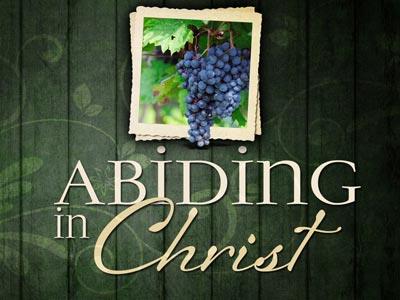-
Jesus, Filling Up Israel's Gaps (Isaiah 7) Series
Contributed by Garrett Tyson on Oct 10, 2024 (message contributor)
Summary: Builds off Brandon D. Crowe's article "Fulfillment in Matthew as Eschatological Reversal." Broadening people's perspectives on how the NT "fulfills" the OT.
And what we see is that Jesus' dad, Joseph, responds to this sign the right way. He isn't like Ahaz (Isaiah 7; he is like Hezekiah; Isaiah 36-39). Joseph wakes up from the dream, and he obeys the angel of the Lord. He starts off scared, like Ahaz. But he chooses to not give in to that fear, and to trust God instead. He does what's scary, and he takes Mary as his wife.
And so we have this sense, at the very start of the gospel according to Matthew, that this time everything is working out a million times better. Jesus and Joseph "fill up" everything lacking in Ahaz's story, and Israel's story.
So Jesus is not the first baby boy named Immanuel in the Bible. He's the second. And Jesus, as the second Immanuel, reverses one of the very low points of Israel's history-- when a son of David refused to even God a chance to prove himself, and when Israel was entirely captured, except for the city of Jerusalem.
All of this, I would suggest, is how we ought to understand the relationship between Isaiah 7 and Matthew 1. Is Isaiah 7 a direct, straightforward, exclusive, exhaustive prediction of the Jesus? Not at all. This isn't a prediction, at all. Jesus is the second Immanuel, who reverses the first Immanuel.
And if we read Matthew front to back, again, we will find lots of examples of this. This idea of reversal, of Jesus filling in the gaps in Israel's story and in the law, helps us understand large chunks of his gospel.
Now, this doesn't explain everything in Matthew. And it certainly doesn't explain all of the ways the NT uses the OT. But I just want to give you a chance this morning to do three things:
(1) get used to the idea that everything is more complicated than you thought, when it comes to the relationship between the OT and NT.
(2) become a little open-minded about how we should understand the connections between Old and New.
(3) Mentally throw out any ideas you might have that focus on "prediction" as being the key interpretive lens for understanding the OT.
There are clear predictions in the OT, that are straightforwardly "fulfilled" in the NT-- God predicts that there would a messiah, from the line of David, from Bethlehem, who would be a shepherd over his people, who would teach them, who would be a second Moses. But many of the NT references to the OT are far less straightforward than that.
Now, let me read you one last passage this morning, that I think points us to a choice that Matthew knows each one of his readers has to make. There's a scholarly consensus that Matthew's readers are ethnically Jewish, and that they came out of Judaism. There's also a consensus that Matthew is one of the later gospels written, and that it reflects a tension that developed between Christianity, and Judaism. First century Jewish Christians found themselves, eventually, having to make a choice between Jesus and Judaism. Between the church, and synagogue. And the question everyone faced, was what you choose. So, Matthew 23:23-39 (NRSV updated no reason):

 Sermon Central
Sermon Central



